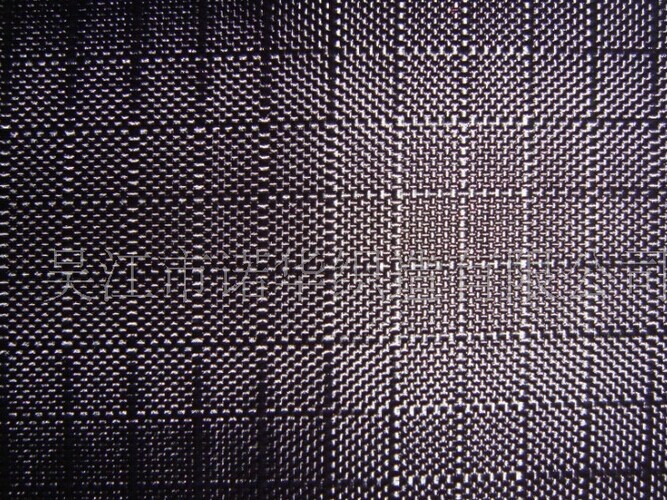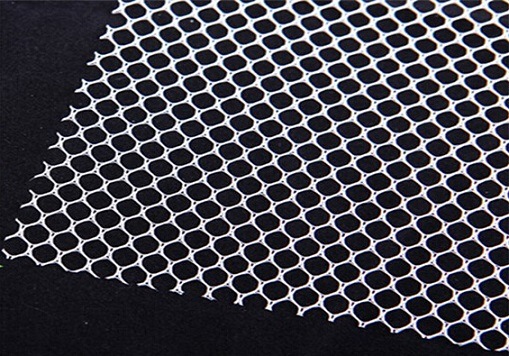Air-furniture Exploration: What Is This Amazing Cheap, Lightweight, Airtight, and Durable Material?

October 29, 2021
Growing up in Siberia's harsh winters and working in only big cities like Hong Kong and Paris, I was not an outdoor person. As a child, I spent most of my energy sheltering from nature to survive; As an adult, I focused on learning how cities work and spent my holidays visiting grand architecture around the world. However, things started to change after living in Fontainebleau last year and now married to an outdoor and mountaineering enthusiast. This August in Sweden, I went on my first week-long hiking and camping trip.

I loved the experience so much that we are already thinking of where to go next. However, what I want to write now is not about long-term camping, but about the weight-to-performance optimisation of the camping furniture.
As we had to carry everything we needed for a week in our backpacks, from food and clothing to cleaning liquid and pooper scooper, and walk with them about 20 km a day, optimising weight was our main task when packing. It was this process that made me discover the wonderful world of inflated furniture.
As we had to carry everything we needed for a week in our backpacks, from food and clothing to cleaning liquid and pooper scooper, and walk with them about 20 km a day, optimising weight was our main task when packing. It was this process that made me discover the wonderful world of inflated furniture.
Air-filled sleeping mats and seating pads are such amazing inventions. Both of ours are from the outdoor brand Therm-a-Rest. They are super lightweight, easy to inflate, airtight, and provide great insulation from the sub-zero temperature which we had to endure. I want to understand what makes them work so well.
“50D mini hex rip polyester”
The surface material of the sleeping bags is made of 50D mini hex rip polyester. What does it mean? After many hours of searching and reading, below is my best guess.
Polyester
It is one of the most popular fabrics used in clothing and home furnishing. It is made using polyester yarns or fibres by mixing ethylene glycol and terephthalic acid. In short, it is a kind of plastic. It is highly durable, strong, resistant to chemicals and wrinkles, lightweight, and dries quickly.

Rip
Ripstop. It describes fabrics using a special technique that makes them resistant to tearing and ripping. During weaving, (thick) reinforcement yarns are interwoven at regular intervals in a crosshatch pattern.

Mini hex
Mini hexagon geometry. My guess is that the polyester fabric is weaved in small hexagon patterns.
50D
D stands for denier. Denier is a unit of measurement which describes the density of a material. Its number means the weight in grams of a 9000-meters single strand. The reference material is silk: one single strand of 9000-meter silk weighs roughly 1 gram; thus, the denier of silk is 1. Fabrics with a high denier count tend to be thick, sturdy, and durable; Fabrics with a low denier count tend to be sheer, soft, and silky. Fun fact: human hair is 20 denier.
1 Denier = 1g/9000 m
The ladies (and gents) who wear pantyhose might recall the "20D/40D/80D" marks on the packaging. That D is exactly denier. The numbers reflect different deniers, thus different densities and opacity, of the pantyhose.
The ladies (and gents) who wear pantyhose might recall the "20D/40D/80D" marks on the packaging. That D is exactly denier. The numbers reflect different deniers, thus different densities and opacity, of the pantyhose.
Final thoughts
It's fascinating to understand how it works. The more interesting question is, what else can benefit from this amazing lightweight, airtight, and durable material?